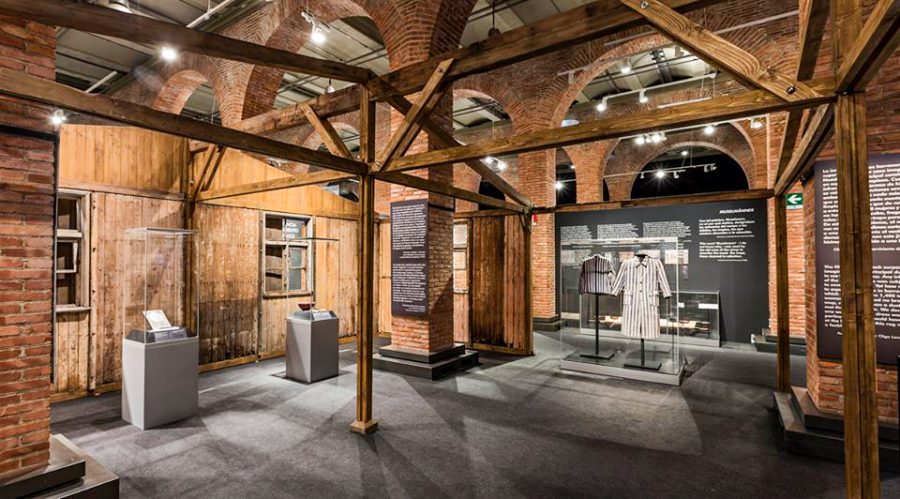by Madeline Best
Sophomore Kaitlin O’Brien discusses the art of ceramics and her NESCA win.
What type of ceramics/pottery do you usually focus on?
“For ceramics, I normally like throwing on the wheel but I also enjoy handbuilding. It really just depends on what type of mood I’m in. I like to make very simple and geometric pieces. If you look at some of the other things that I have done [graphic design and jewelry] it is also very simple and geometric just like my ceramic pieces.”
When did you become interested in ceramics?/what got you interested in it?
“I’ve been interested in ceramics since I was really little. My dad owns an art gallery so I’ve been around art and artists my whole life. I remember one day I went to the studio of one our closest family friends,who is also a famous artist who dabbles in about every art field including ceramics. I was looking at one of his pieces that was taller than me and I was amazed that someone could take a wet lump of mud and turn it into something so beautiful and stoic. I’ve been hooked ever since.”
When sculpting, what is your inspiration?
“I can find inspiration in basically anything but where I always find the best ideas is in books. My dad has a library of hundreds of art, history and culture books and I have quite a few fashion books so I always start looking there. For ceramics I normally like to look at more of the historical art books to find inspiration. But when I’m doing another project, like graphics design, I like to look at my fashion books from the 60s and 70s.”
What art classes in or outside of STA have you taken?
“So far at STA I have taken ceramics I and right now I’m in layout and design. Outside of STA I haven’t taken any “official art classes”, but I spend a lot of time in artist’s studios watching them work. I think that’s the best art class you could imagine.”
What’s your favorite thing about ceramics?
“I love ceramics because there are no rules. You can dream up almost anything and then you can create it. You can create things that are very dimensional or very flat, very realistic or very abstract. Very colorful or very monochromatic. The options are endless.”
Is there any aspect of ceramics that can be difficult?
“I always found it extremely cheesy when I would hear artists say ‘let the clay tell you want it wants to be,’ but it’s true. Some clay doesn’t want to be tall and hold a bunch of weight and some doesn’t want to have super straight lines. The hardest part of ceramics is realizing that you can’t force that clay to be exactly what you want and you have to be prepared for imperfection.”
What advice would you give to someone interested in ceramics?
“I would tell them to not be afraid. It seems extremely daunting at first to look at a chunk of clay and envision how you are going to transform it into a piece of art, but once you get started everything falls into place.”
Do you plan to pursue art in the future?
“I’ve always known my career would be something in the art field but what specifically I would do has always been changing. As of right now, I’m thinking either graphic design, interior design or fashion design.”
How does it feel to win an award for your art?
“I was extremely shocked when Mrs. Dibble told me that my piece got accepted into NESCA. NESCA is one of the biggest clay conferences around. Many of our family friends who work with clay go to the conference every year. I feel honored to be a part of NESCA along side some of the greatest artists around.”





